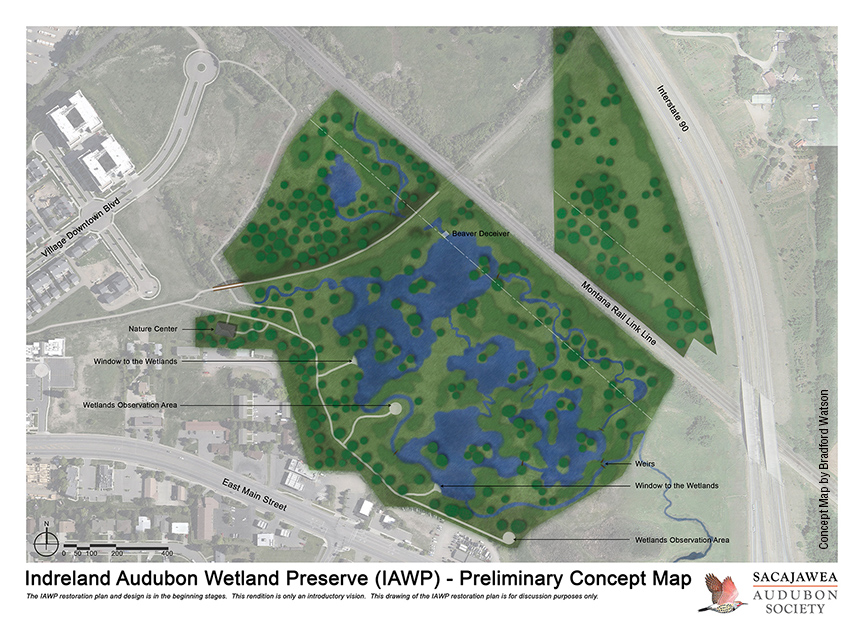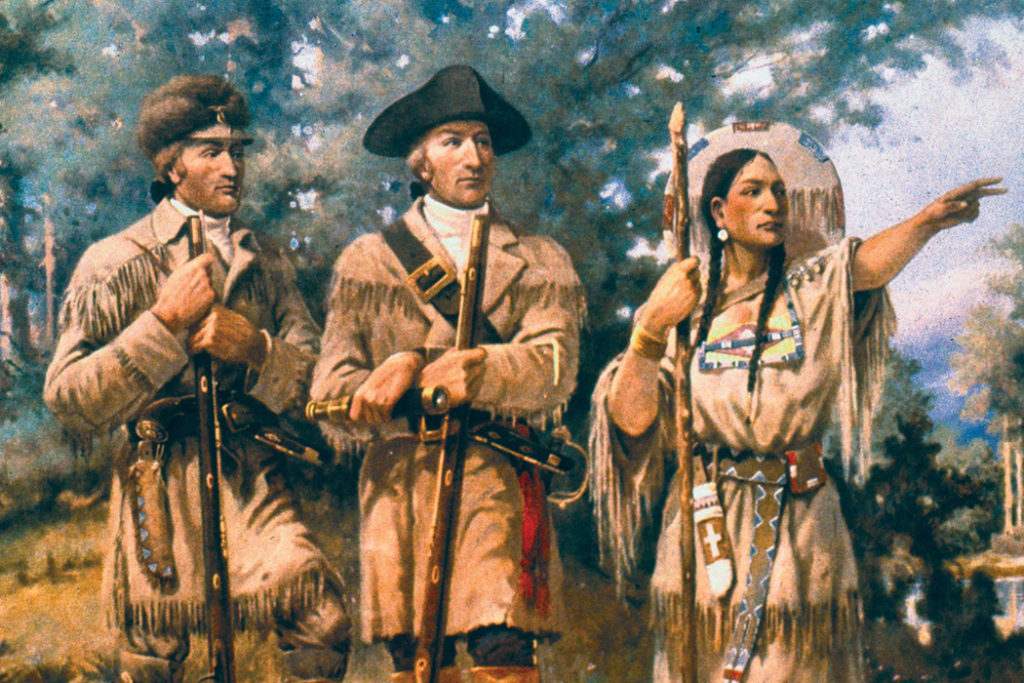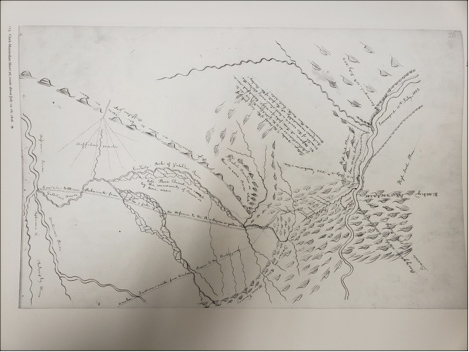Innovative Design Features of the Indreland Audubon Wetland Preserve
Prepared by:
R. McEldowney, PWS
Confluence Consulting Inc.
The Indreland Audubon Wetland Preserve (IAWP) being developed on the east side of Bozeman by the Sacajawea Audubon Society has several innovative features that are being integrated into the design that make the wetland extremely functional and maximize the habitat ‘bang for the buck’. First and foremost the design highlights the historic condition of this area of the East Gallatin River first noted by Captain William Clark in July 1806. His notes indicate that the East Gallatin River was so thick with beaver and multiple thread channels as to be impassable by boat. The design mimics a beaver pond complex and so will provide an accurate glimpse into what this area would likely have looked like during pre-settlement times by European settlers.
Inherent in this design is the habitat interspersion of different wetland types that typically develop in areas surrounding beaver dams. The interspersion of open water areas, marshlands, wet meadows, willow and alder dominated areas, as well as cottonwood and aspen forest habitat create numerous niches to support a diverse array of flora and fauna, that maximize the productivity of the site at numerous trophic levels.
In addition the design provides a significant improvement in wetland function, particularly with regards to general wildlife habitat, water quality improvements, short and long term surface water storage, production export/food chain support, groundwater discharge, habitat uniqueness, and recreation/education potential.



